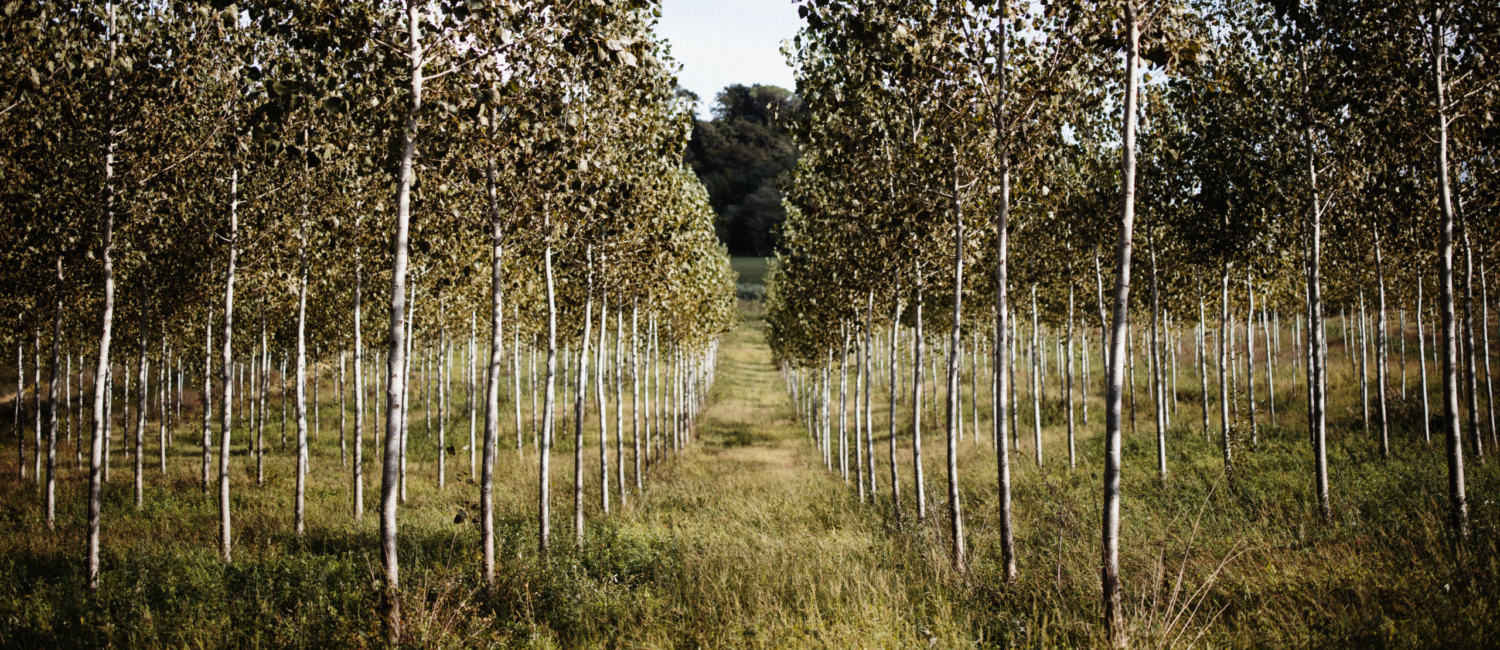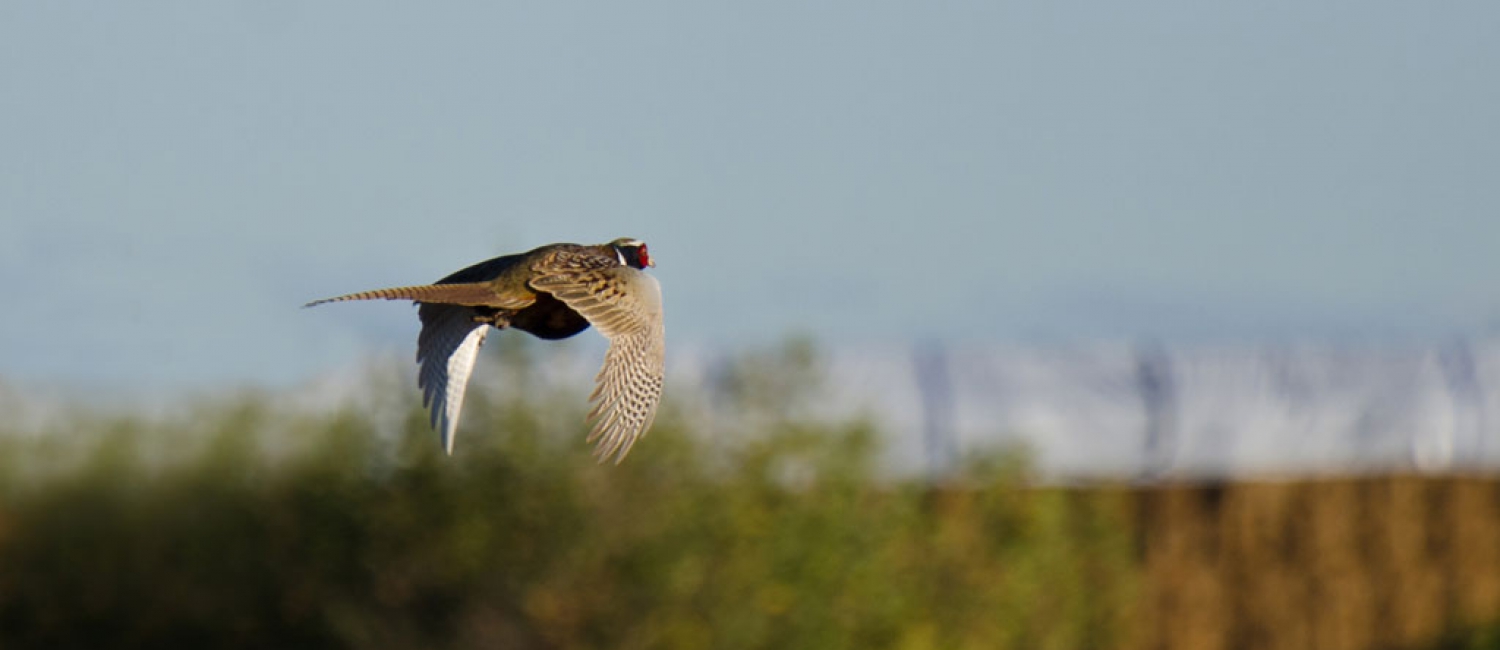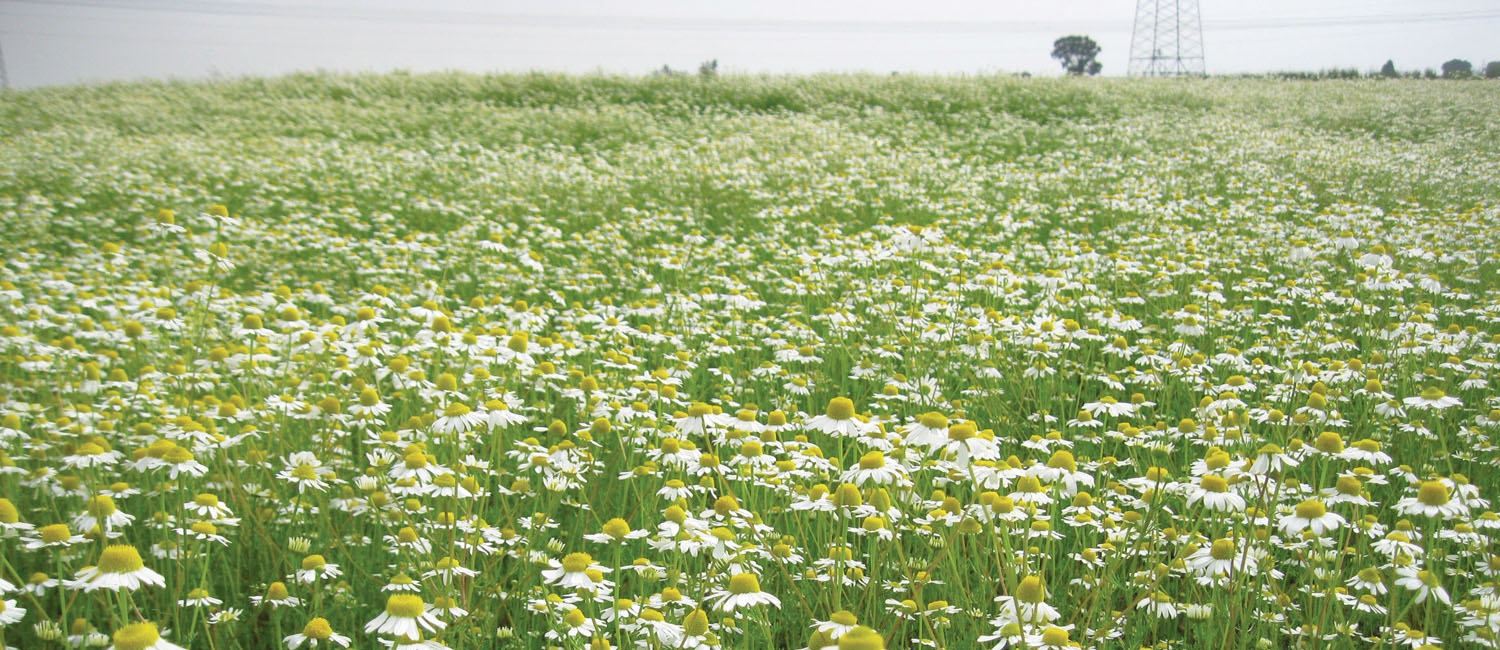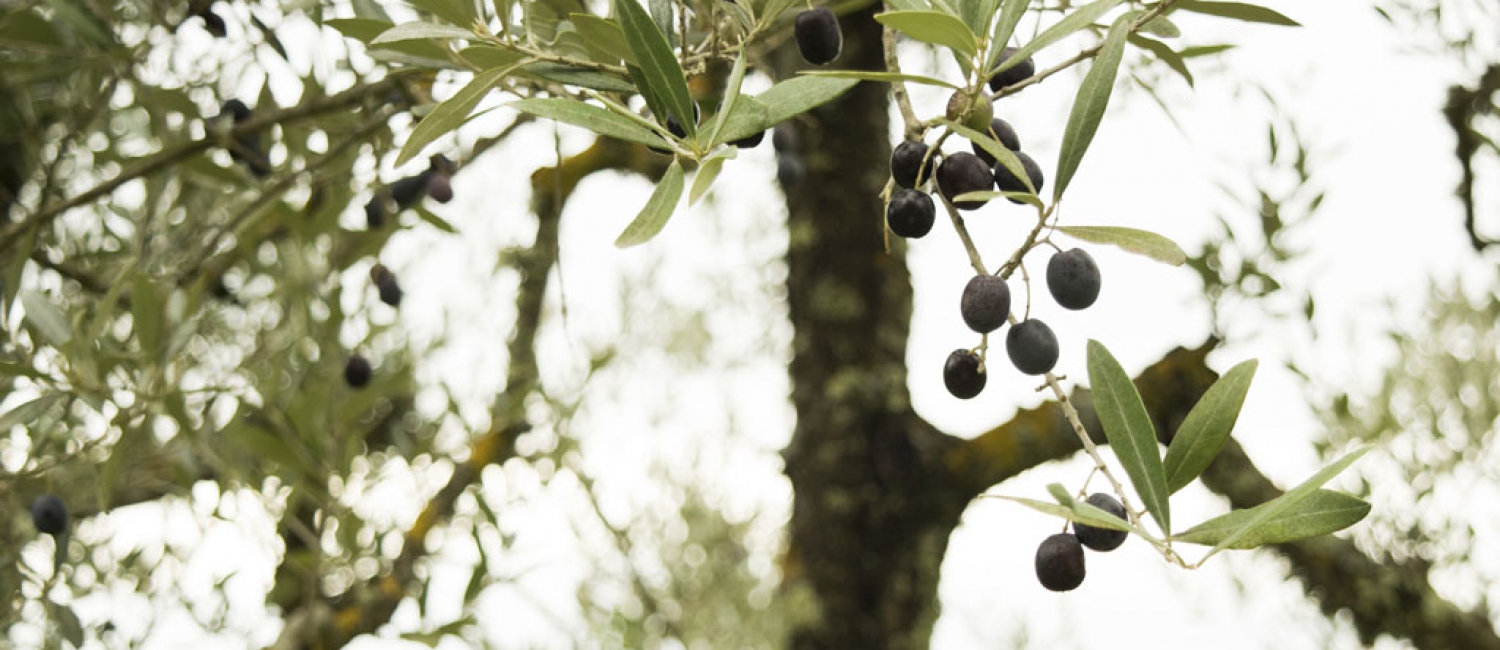Ours is a fascinating story, as much for its past as for its potential. Rolling Tuscan hills, a medieval borgo village & ancient farmhouses all bear witness to centuries of transformation.
An estate of culture,
commerce & character
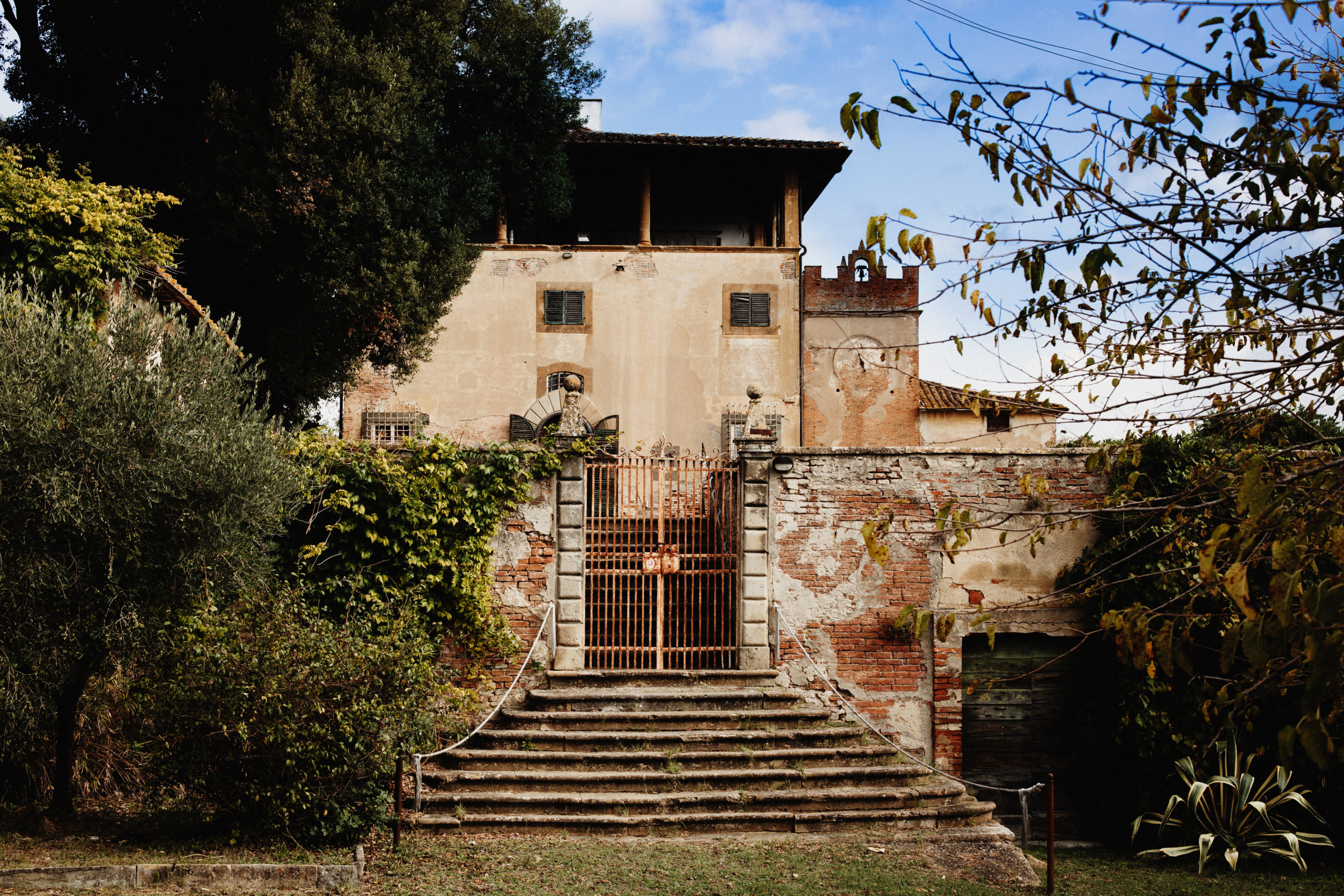
History in the making
The story of Villa Saletta spans centuries. The estate has been owned by just four families throughout its history, all notable in their own unique way. The Gambacorta family consolidated the lands around the estate in the 14th century, before it came under ownership to the Riccardi, a wealthy family from Florence and bankers to the famous and powerful house of Medici. The Riccardi transformed Villa Saletta into a true working estate throughout the 16th and 17th centuries, when it was then passed onto the Castelli family.
By the time the Hands family took ownership almost 20 years ago, the estate had almost entirely fallen to ruin – but they saw the potential to reinstate the tradition of an agriculturally diverse, sympathetically managed and self-sufficient estate. Today we blend traditional Tuscan techniques and modern technology, but always grounded in the heritage of the estate.
Reviving tradition
Winemaking was the first focus of the restoration, and huge investment has been made into renovating old vines and planting new plots according to a detailed understanding of the terroir. By blending traditional techniques and attitudes with the tools of modern agronomy, viticulture at Villa Saletta is now amongst some of the most advanced in Italy.
The estate is also producing a range of phenomenal wines, some of which are archetypal examples of the Tuscan style, others which, by virtue of technique, are more reminiscent of the finest Bordeaux crus, but with an unmistakable Italian flair.
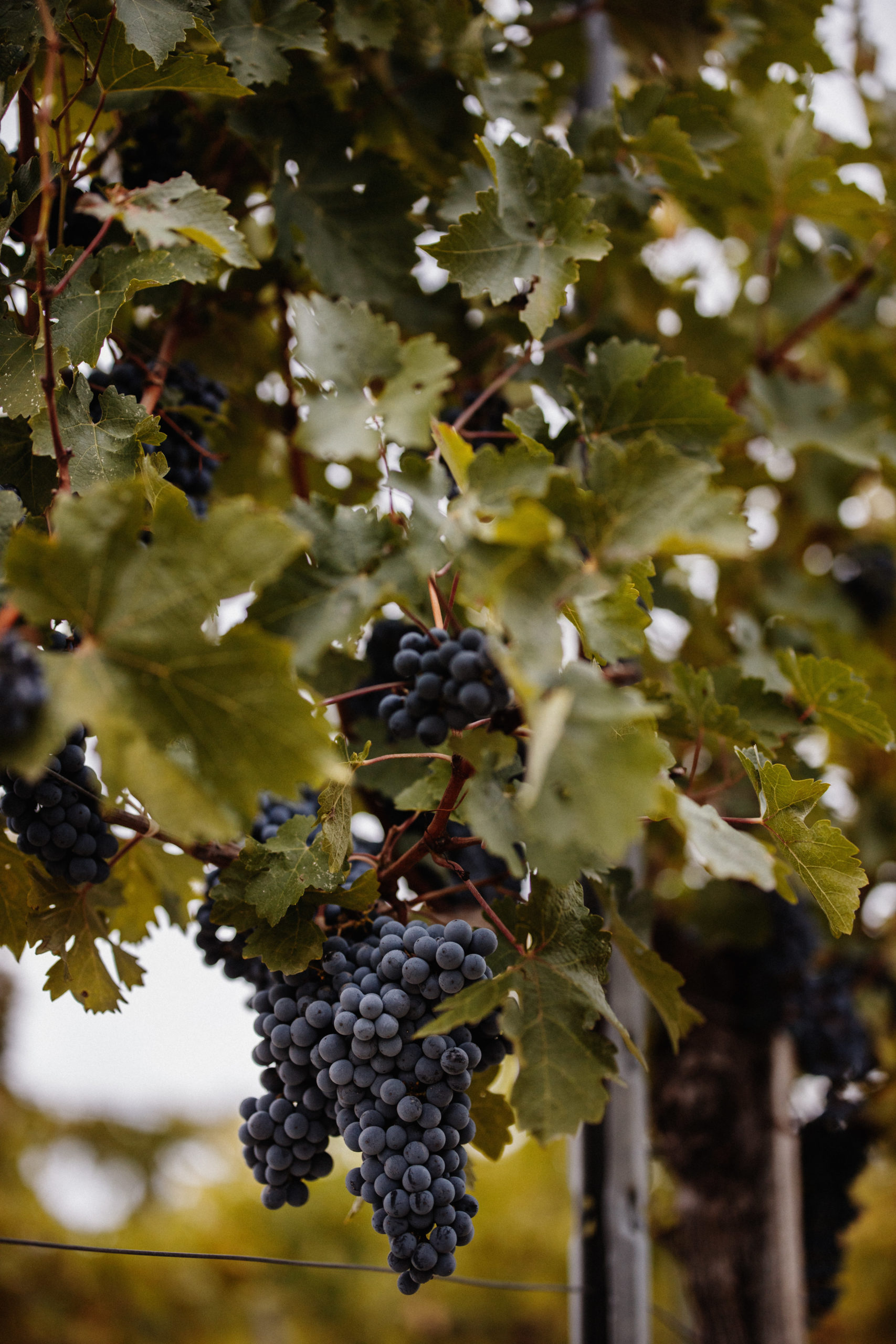
The best of
what the land offers
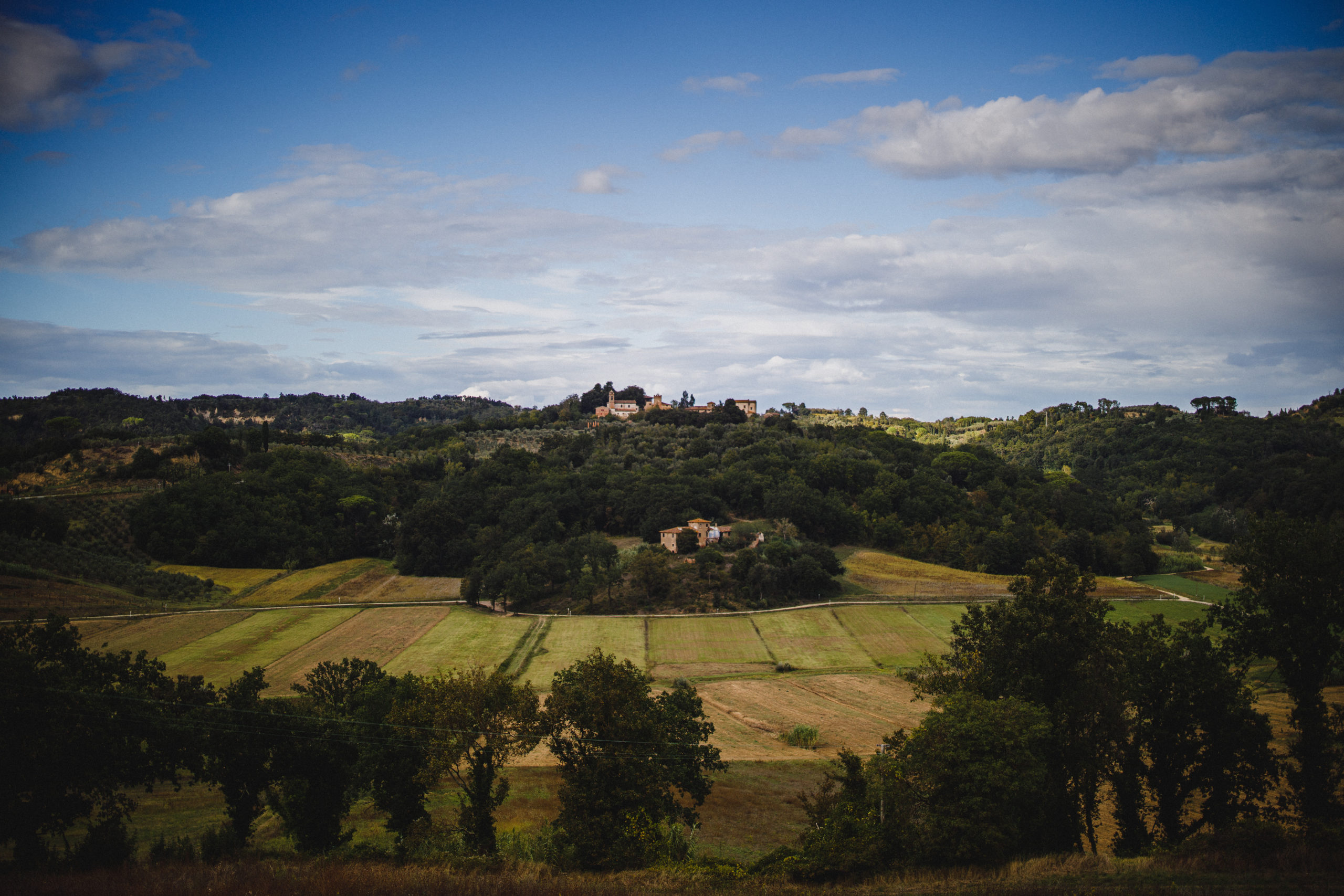
A true 'fattoria'
Beyond wine we are determined to support biodiversity across the estate, therefore much of the landscape is given over to mixed agricultural use. Partly because we know that the more we can encourage biodiversity and balance in our environment, the bigger the impact on viticulture – and partly because it restores an incredible heritage as a working fattoria, producing the finest raw ingredients Tuscany offers.
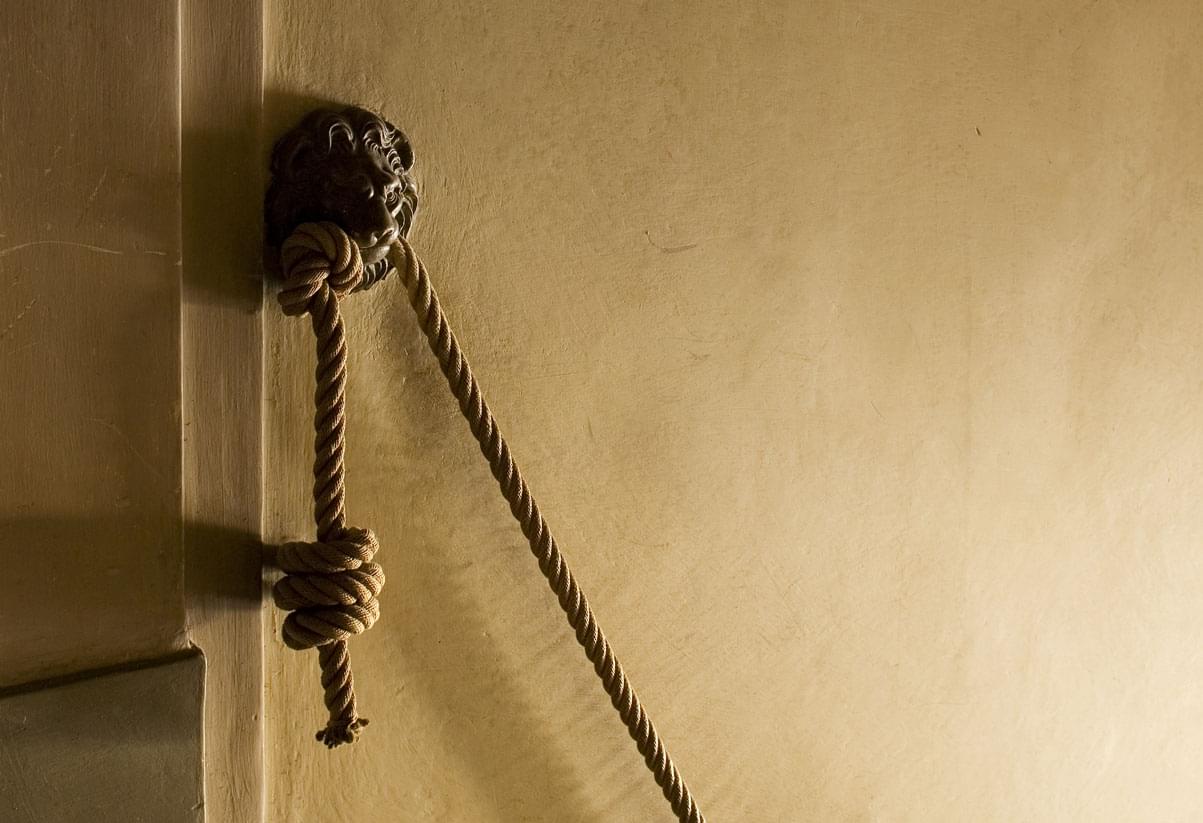
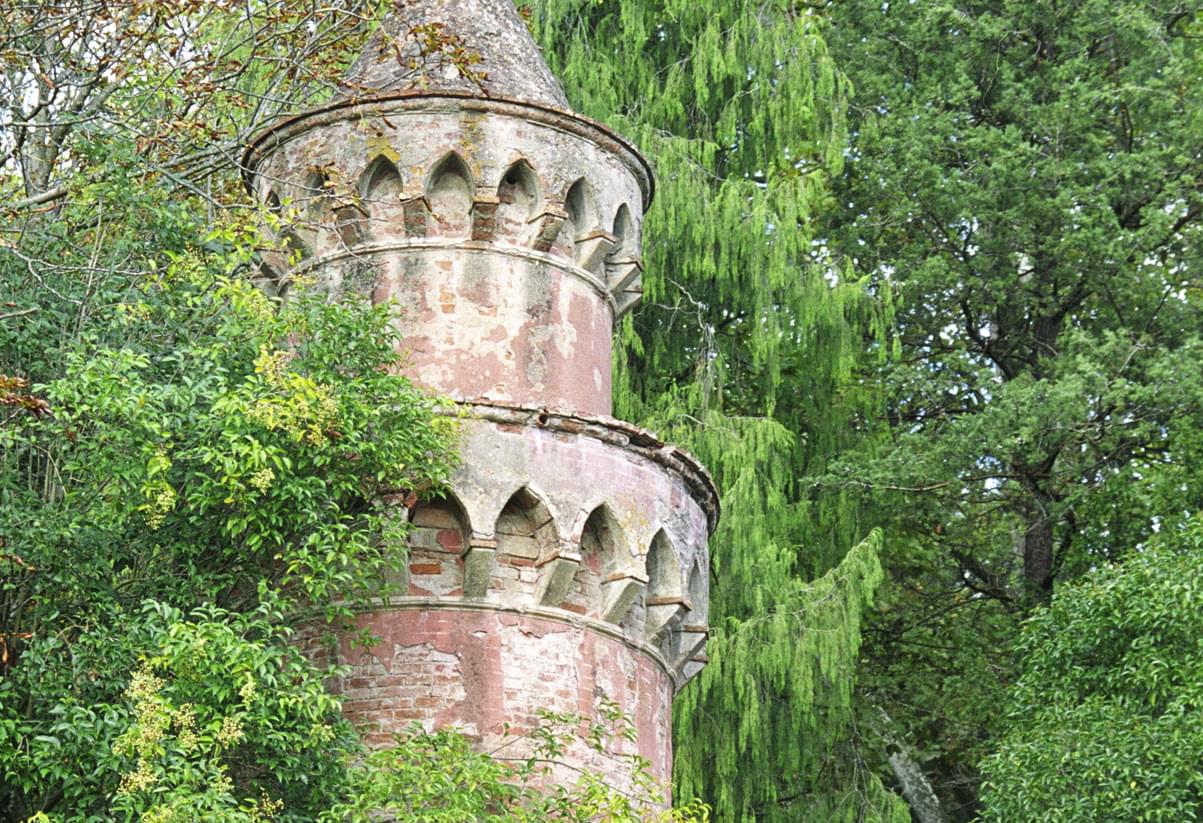
The next chapter:
Reclaiming the ruins
Our estate is a work in progress. We are on a journey to fully restore this historic fattoria back to the biodiversity and productivity of its past. We aim to continue experimenting with fruit, vegetables, herbs and flowers, whilst being good stewards of the land. We also plan to turn the historic borgo building into a luxurious hospitality experience, with authenticity and history at its heart.
